LATEST INSIGHTS
Your Present Location: LATEST INSIGHTSTrump torches India ties, China warms up to India
Trump torches India ties, China warms up to India
Jeffrey Sachs of Columbia University says that “the US currently doesn’t have a functioning constitutional system.” It is not just a “soft dictatorship” but a one-person rule.
Source: Modern Diplomacy
Updated: Sep 3, 2025
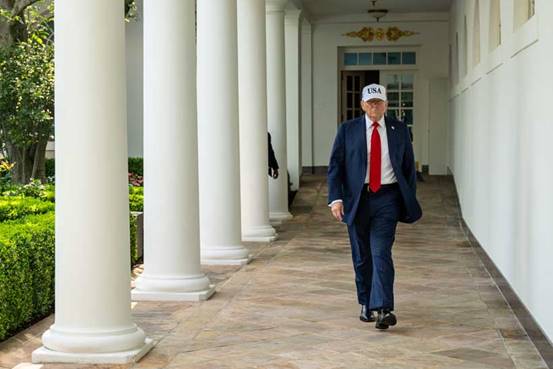
image source: X @WhiteHouse
Jeffrey Sachs of Columbia University says that “the US currently doesn’t have a functioning constitutional system.” It is not just a “soft dictatorship” but a one-person rule. American political scientist Steven Levitsky echoes a similar view when he says, “We are no longer living in a democratic regime.”
Trump has sought to bring all independent federal regulatory agencies under his direct control. He has begun envisioning himself as a “king.” On February 15, he proclaimed on his Truth Social network that “he who saves his country does not violate any law.” He has illusions of being a “new Napoleon.”
His tariff mania has rattled the world. Sachs describes Trump’s tariff move against India as “the stupidest tactical move in US foreign policy” and a great unifier of the BRICS.
The OECD report says that Trump’s tariffs are “inflicting serious economic damage and reigniting inflation.” BRICS countries, India, Brazil, and South Africa, in particular, have become the main targets of his ire.
But Trump gets it wrong about both China and India. The two Asian giants are civilizational states. Their civilizational strengths set them apart. Both have one of the world’s richest cultural heritages, from arts to literature to architecture to statecraft and more.
External Affairs Minister S. Jaishankar has often outlined how India’s unique civilizational identity, vast talent pool, and democratic diversity are shaping its position on the global stage.
Chinese scholars have long believed that China, sui generis, is a civilizational state, an amalgam of the world’s oldest continuous civilization and a huge modern state. Its rise is a new model of development and a new political discourse that questions many of the Western assumptions about democracy, good governance, and human rights.
India and China are the two whales in the global ocean. The two are geographical pillars of the new world in the making. And hence their growing interactions will benefit the world. It remains to be seen if they become cooperation partners. China has enormous economic and technological strength, whereas India has a higher degree of systemic resilience. It also has a demographic dividend.
Where China has a distinct edge is technologically. It is integrated into global networks and supply chains. Major breakthroughs in key core technologies and Beijing’s prioritization of cutting-edge fields such as artificial intelligence, quantum information, life and health, brain science, biological breeding, aerospace technology, deep earth, and deep sea will place the country at the forefront globally.
India has its own advantages. As Prime Minister Manmohan Singh said while addressing the Brasilia Summit of BRICS in 2010, “Unlike China’s rise, which possibly causes apprehensions, the world takes a benign view of India’s growth. We need to take advantage of it.”
Sydney Blumenthal, who worked as a senior adviser to President Clinton, says there is no Trump doctrine, only self-aggrandizement and chaos. He has shown a repeated desire to bully and coerce even close U.S. allies into concessions over trade and other issues. But he has discovered, much to his discomfort, that he can’t bully China and India.
The global geopolitical landscape has undergone a profound change. India doesn’t benefit from the US-Europe rift, but China does. As Professor Li Cheng, founding director of the University of Hong Kong’s Centre on Contemporary China and the World, says, Trump is non-ideological but transactional. He is also political.
Trump’s whimsical policy has placed US ties with both allies and adversaries on a roller-coaster ride. As J. D. Vance explains the Trump Doctrine, “Number one, you articulate clear American interests… Number two, you try aggressively and diplomatically to solve that problem. And number three, when you can’t solve it diplomatically, you use overwhelming military power to solve it.”
Trump goes by his instincts. Strangely, he views trade deficits themselves as evidence of other countries exploiting the US, regardless of their actual trade policies. In his weird logic, more imports than exports amount to “losing.” He believes the other side has resorted to currency manipulation even when they aren’t taxing American imports heavily.
Trump’s new tariff logic is weird. It focuses on penalizing countries depending on the level of their trade deficits, rather than addressing specific trade policies.
This trade deficit-correcting approach leads to bizarre outcomes. Goods from famously protectionist nations like Brazil receive the same 10 percent minimum tariff rate as products from the notably free-trading Singapore, simply because the US runs a trade surplus with both. Even countries that the US has free-trade agreements with, like South Korea and Australia, are hit with the 10 percent rate too, despite those agreements eliminating most tariffs.
Trumpian logic consists of accusations, insults, and boasts such as “fake news,” “witch hunt,” “deep state,” “no talent,” “low energy,” “wacko,” and “loser,” to name a few.
At one stage, Trump’s plan was to strike a mineral deal as a prerequisite to a Ukraine ceasefire. This policy implied that US troops will be sent to Ukraine to safeguard its natural resources, meaning that Russia will likely face direct conflict with US military personnel if it breaks a ceasefire.
Today he is playing ball with Moscow.
Chinese Foreign Minister Wang Yi’s visit to India and Prime Minister Modi’s participation in the SCO summit in Tianjin may expedite the normalization process. Prime Minister Modi’s visit to China may further lead to greater engagements between New Delhi and Beijing. But the optimism expressed by He Xianqing of the National Institute for South China Sea Studies, based in Haikou in Hainan Province, that New Delhi could use China ties to bargain with the US is unrealistic. India has no intention to damage its ties with Washington.
China is the obvious beneficiary of the new chill in India-US ties. Trump’s naïve tariff policy has led to a strategic reset in the foreign policies of many of Washington’s allies.
As UK-based think tank Foreign Policy Centre maintains, Trump’s whimsical trade policies and ‘America First’ have helped craft a “new Beijing Consensus.” Recently, Japanese Prime Minister Shigeru Ishiba said that if the US thinks “Japan ought to follow what America says, then we need to work to become more self-sufficient in security, energy, and food and less dependent on America.”
Australian Prime Minister Anthony Albanese has also refused to commit his country to take part in any US-led action against China in Taiwan. India too is taking a second look at China. The future of QUAD seems quite uncertain. India was never a strategic ally of the US, as Japan and Australia are.
New Delhi can’t act like China as a civilizational state and yet become an ally of the US in the traditional sense. Evan A. Feigenbaum of the Carnegie Endowment of International Peace bluntly argues, “Trump risks tanking 25 years of US-India relations.” Nikki Haley has cautioned Trump against burning the bridge with India.
New Delhi is not losing its sleep over what the Trumpian world has done to America’s own interests. India believes what the Lowy Institute for International Policy recently observed: Trump’s tariffs against India could backfire and strengthen China-India ties.
India has rejected the hegemon’s diktat: don’t do what we do; do what we say. Trump has burnt India ties. But India is not shunning the US. Trump has committed a strategic blunder. India understood Trump’s game. He tried to sell India platinum when all he has is steel.
Key Words: China, India

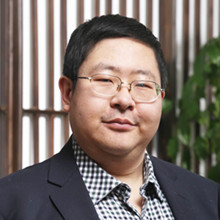





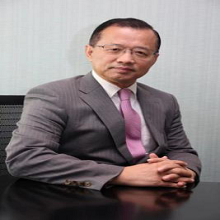
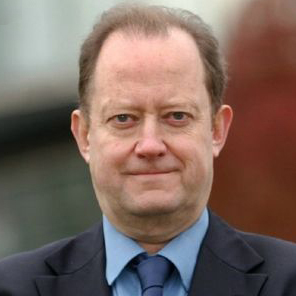
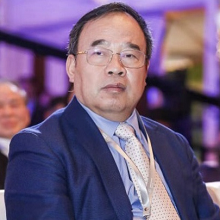
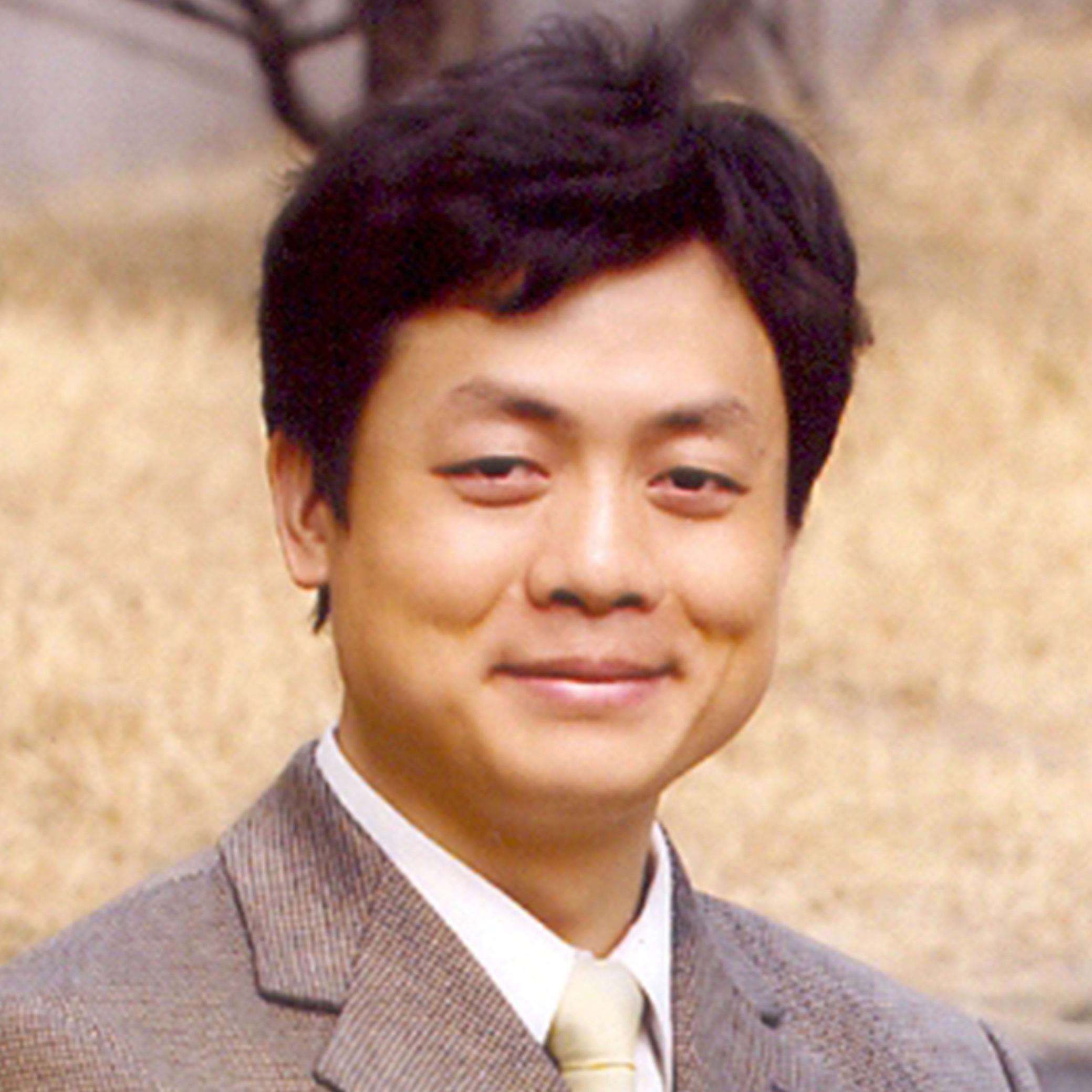
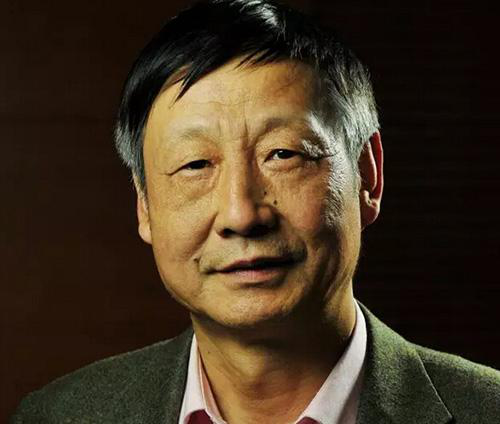

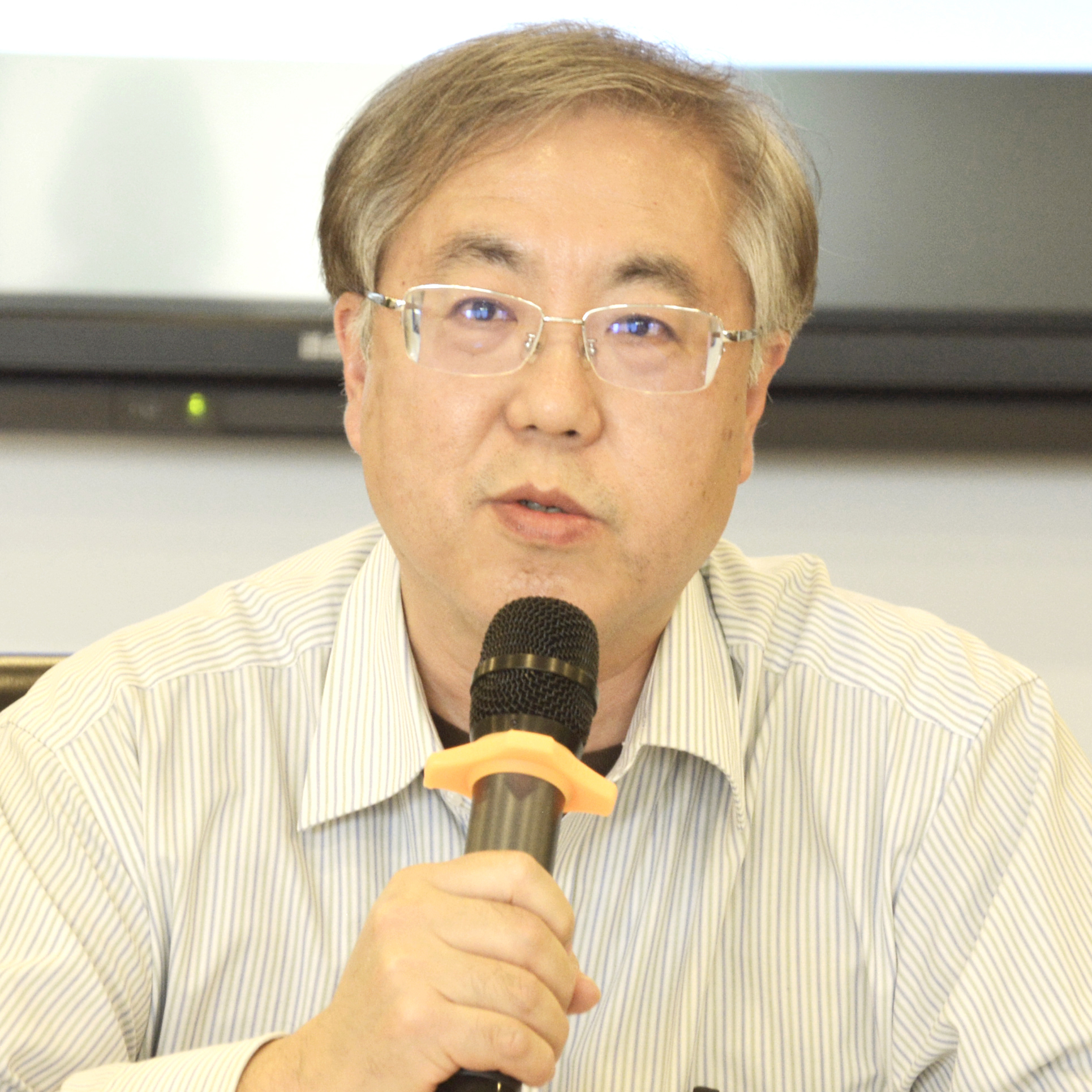

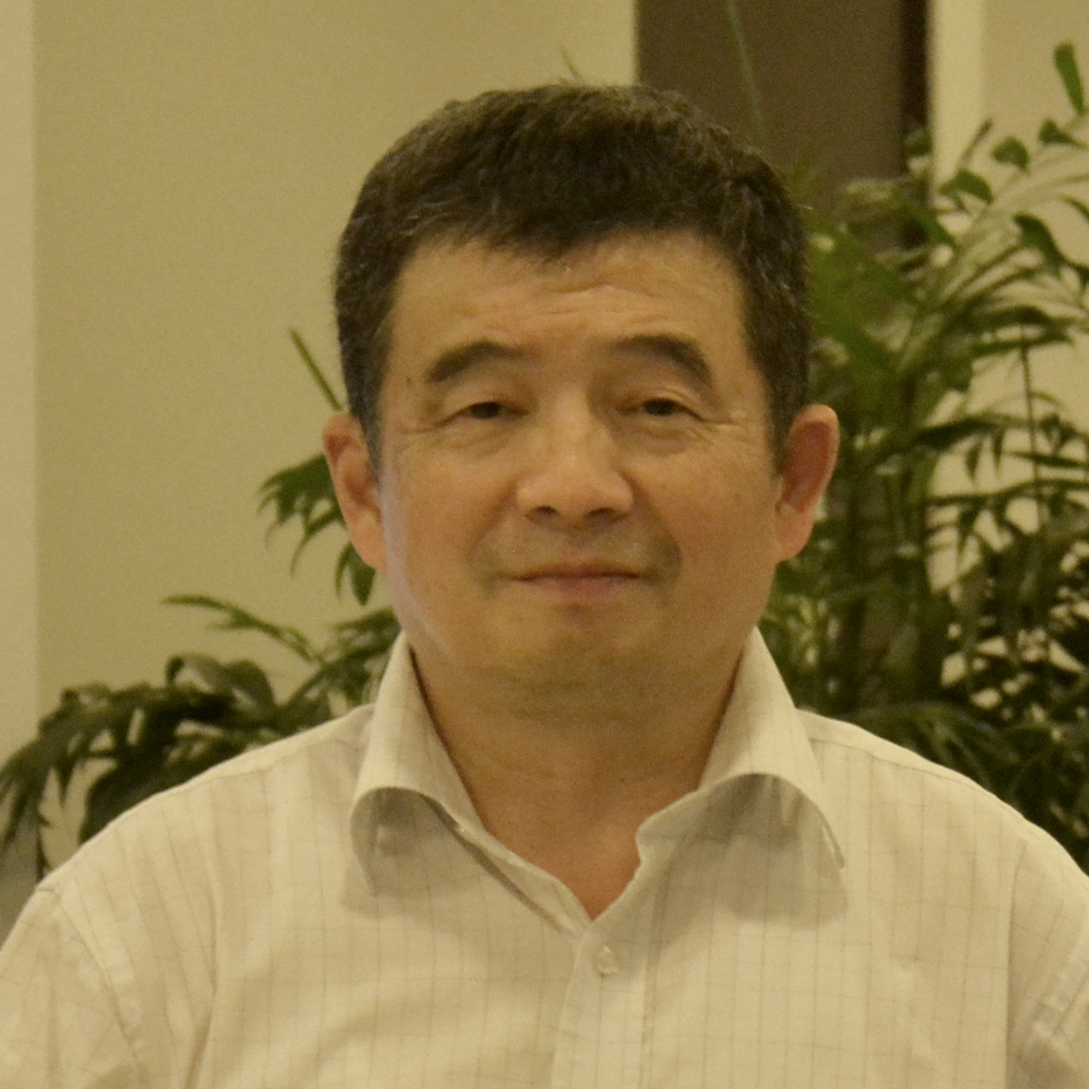
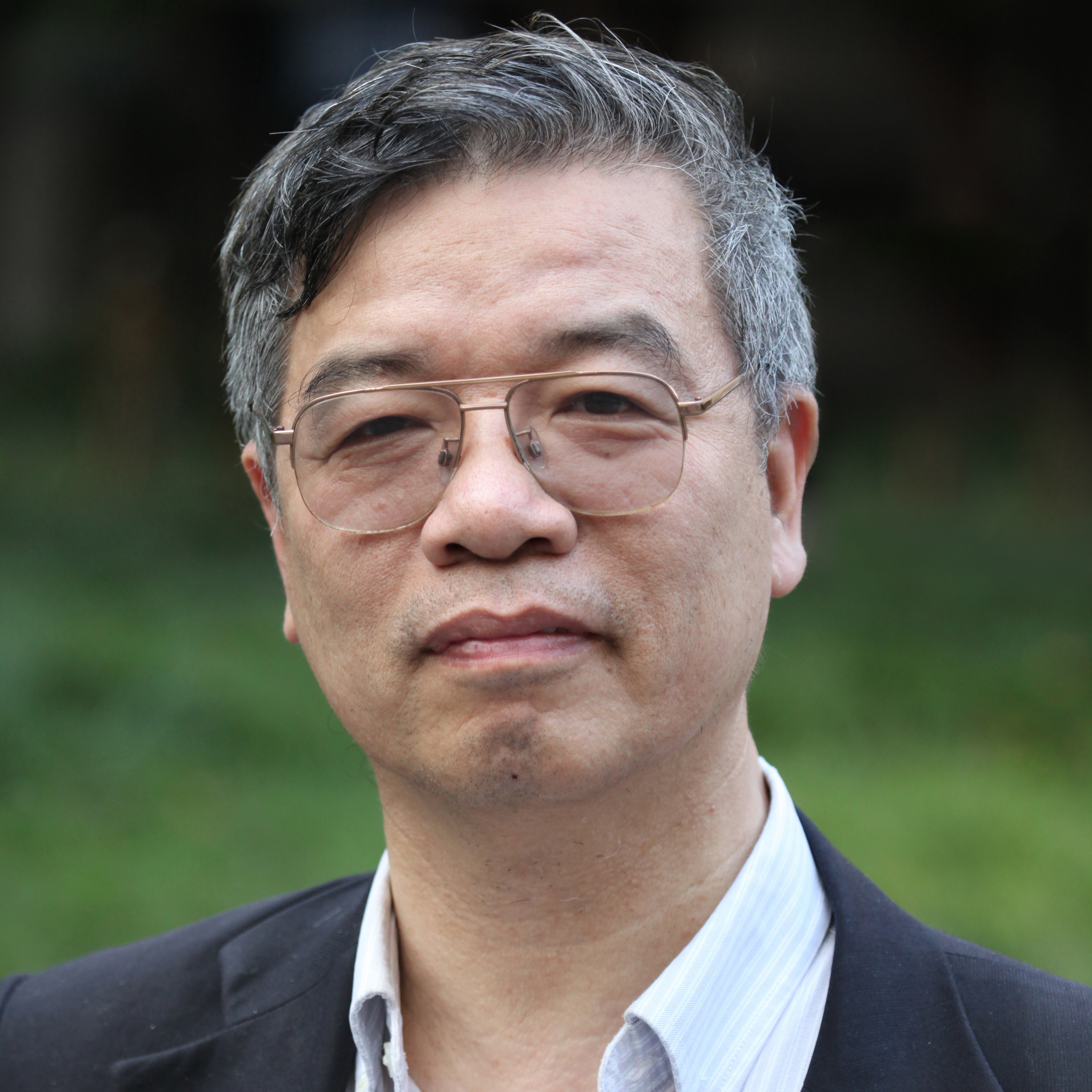
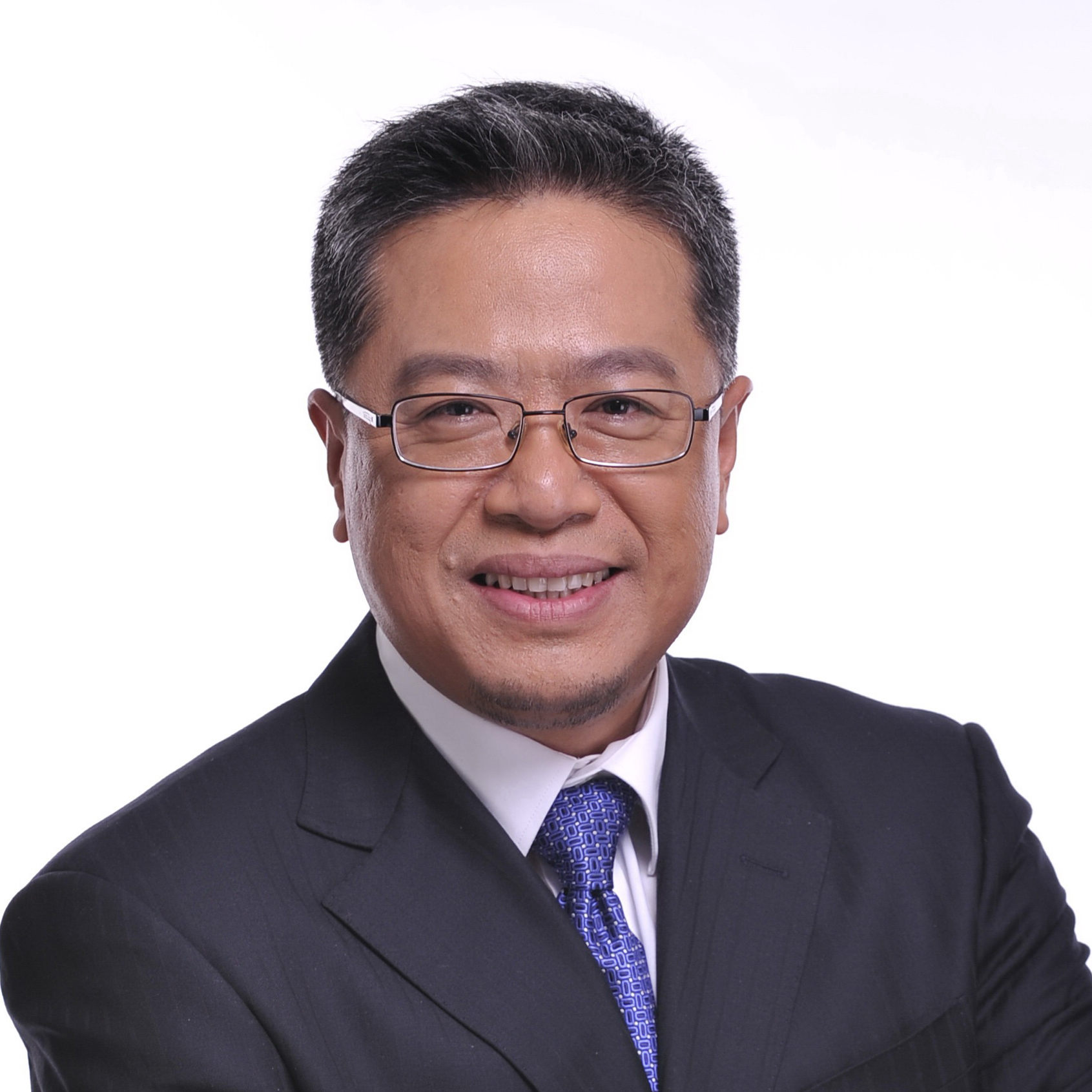
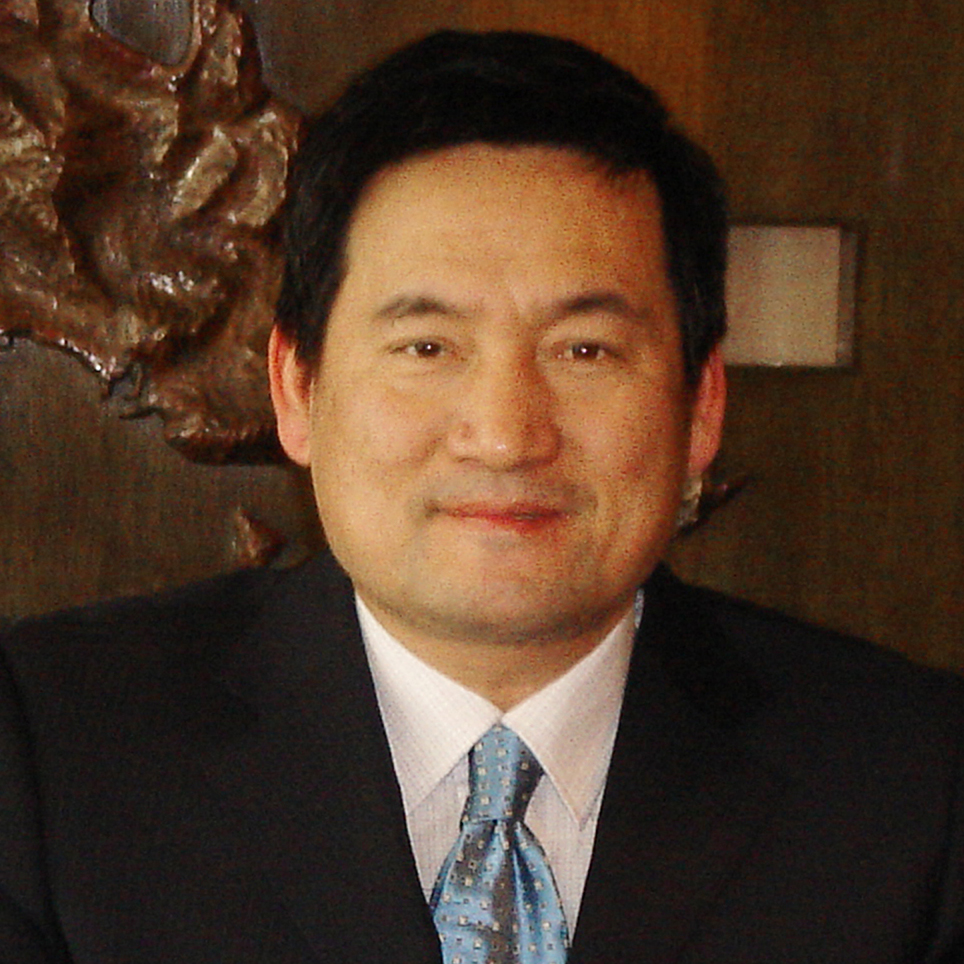


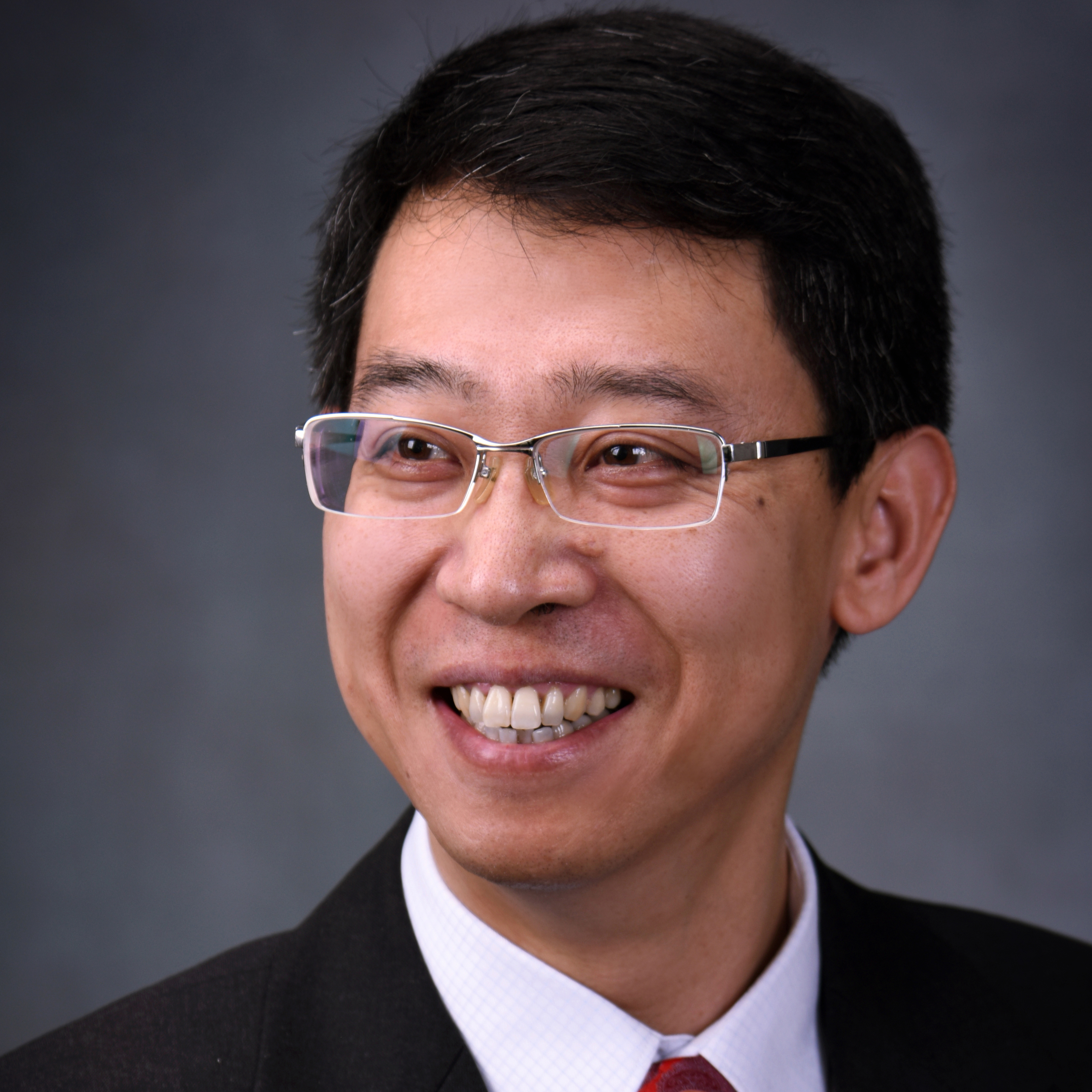



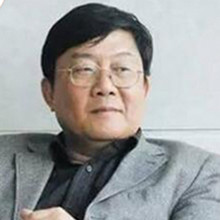



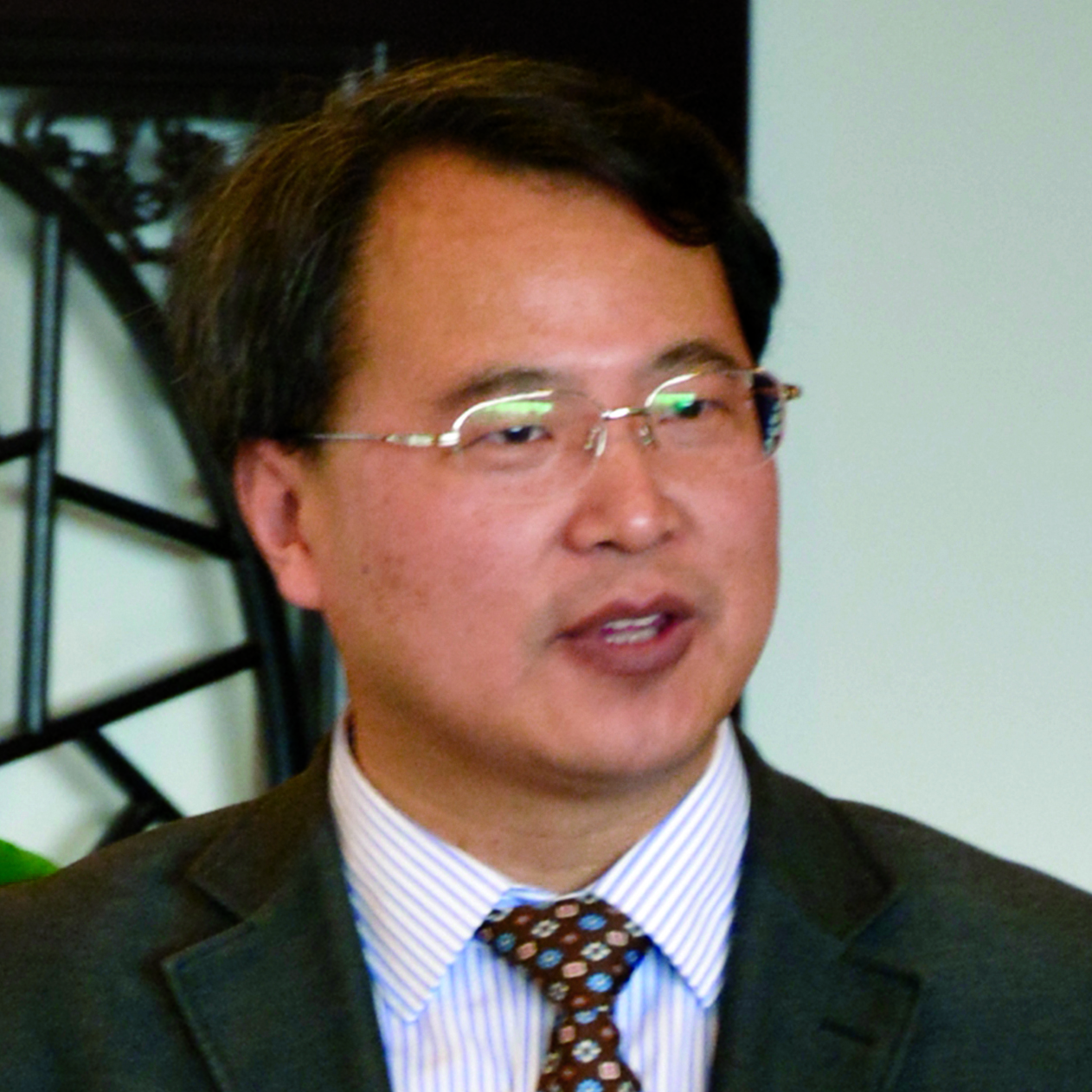
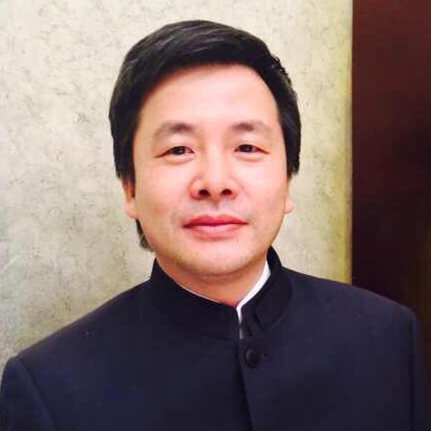
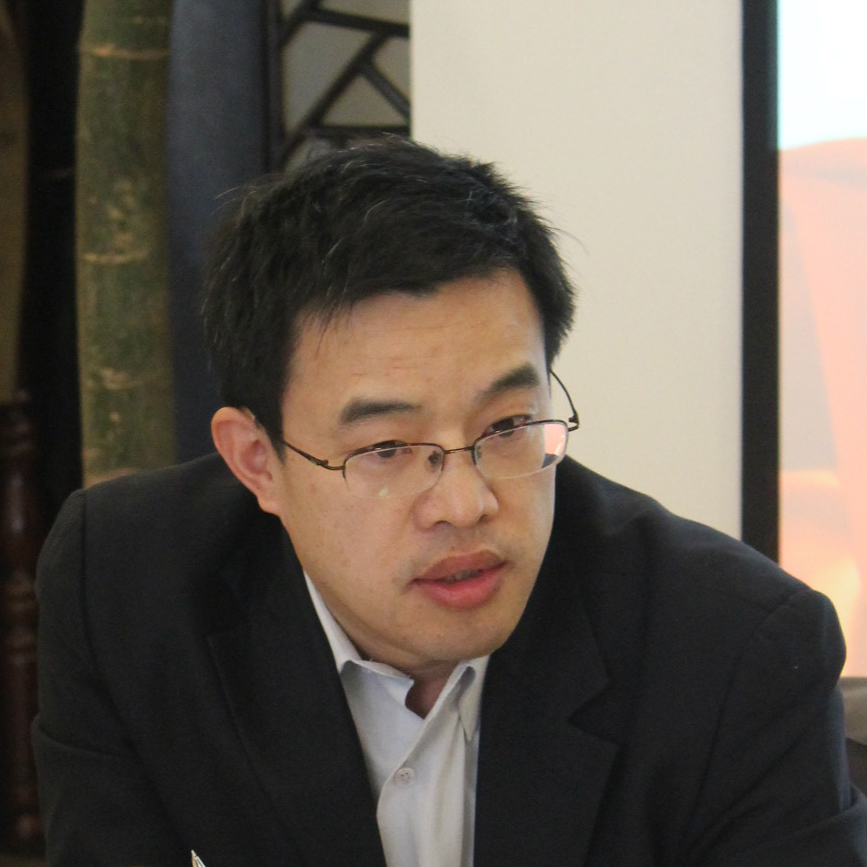
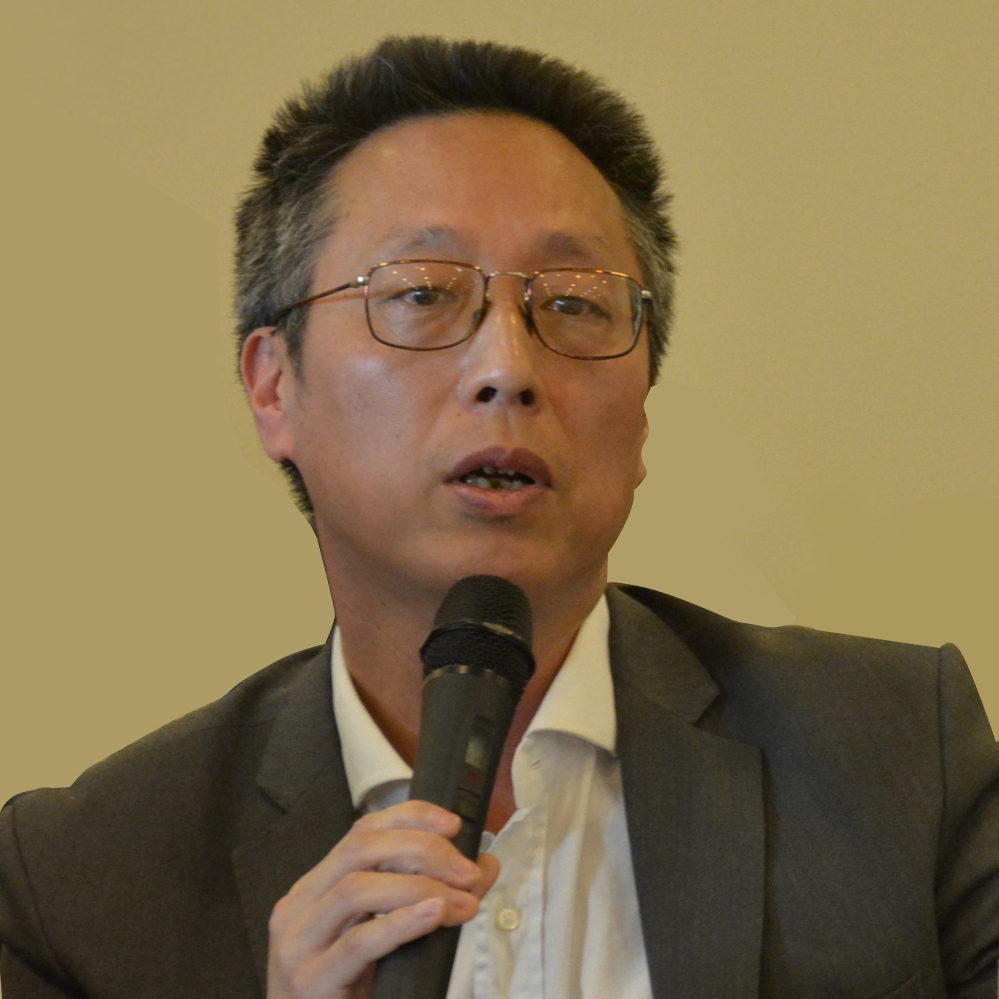


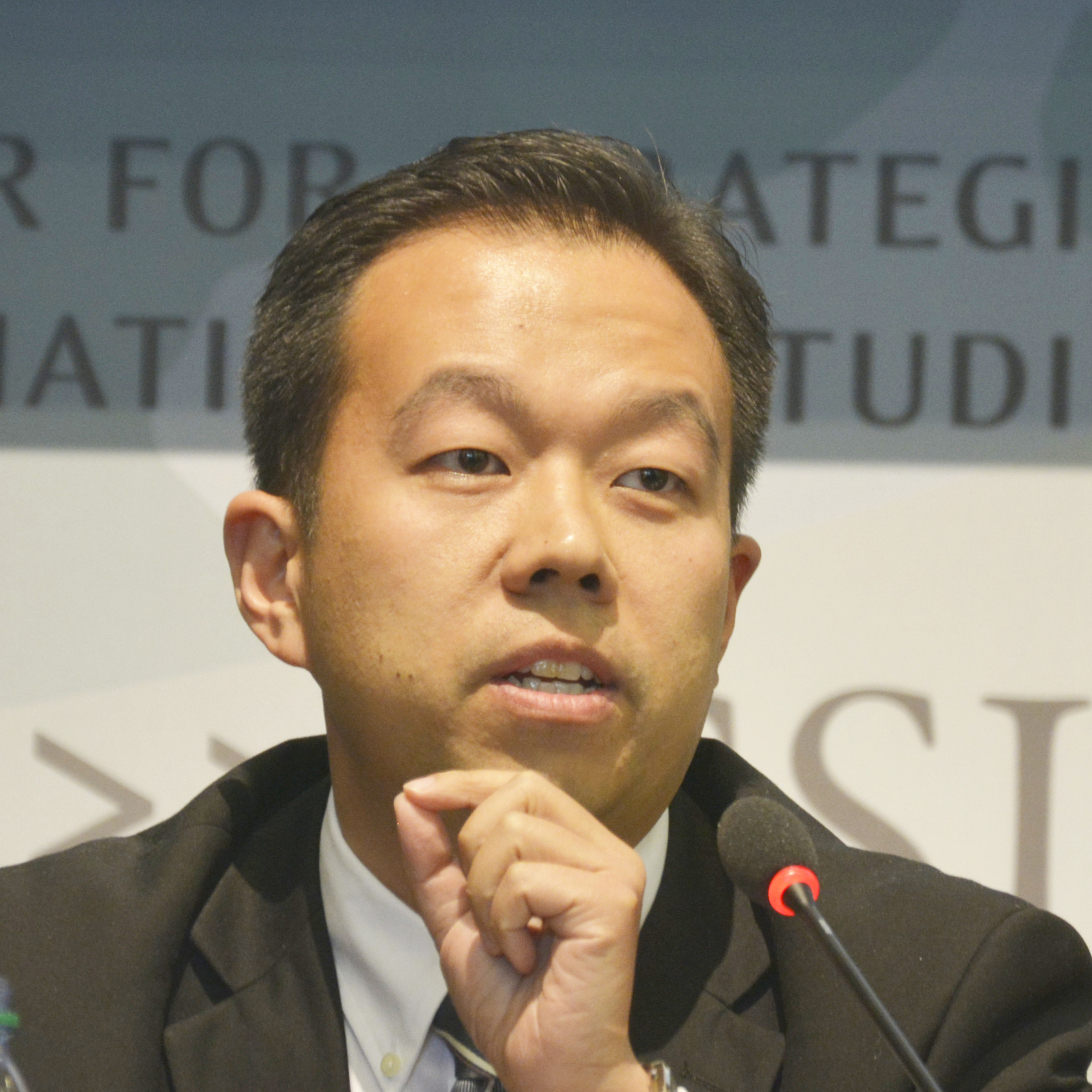
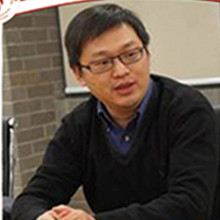
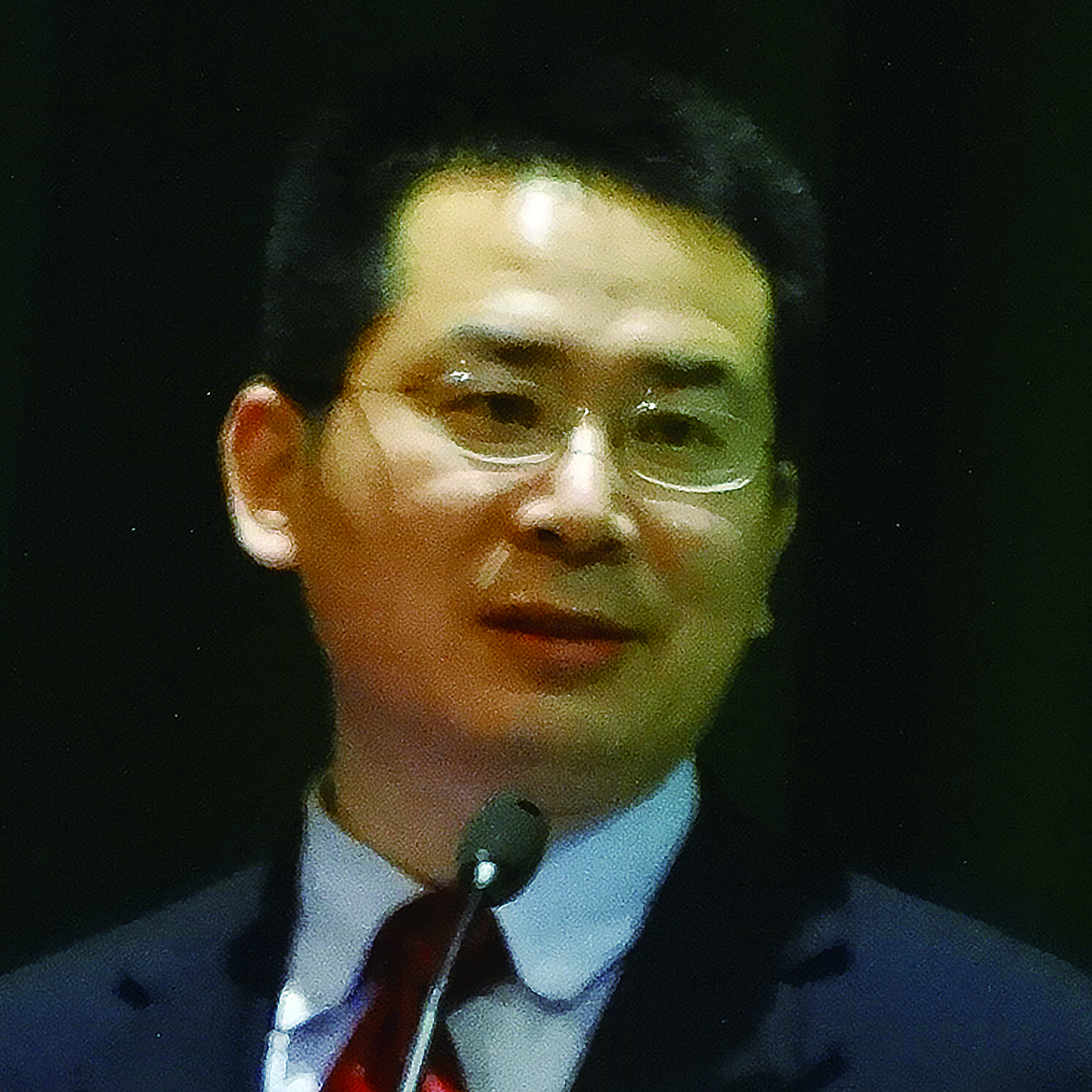
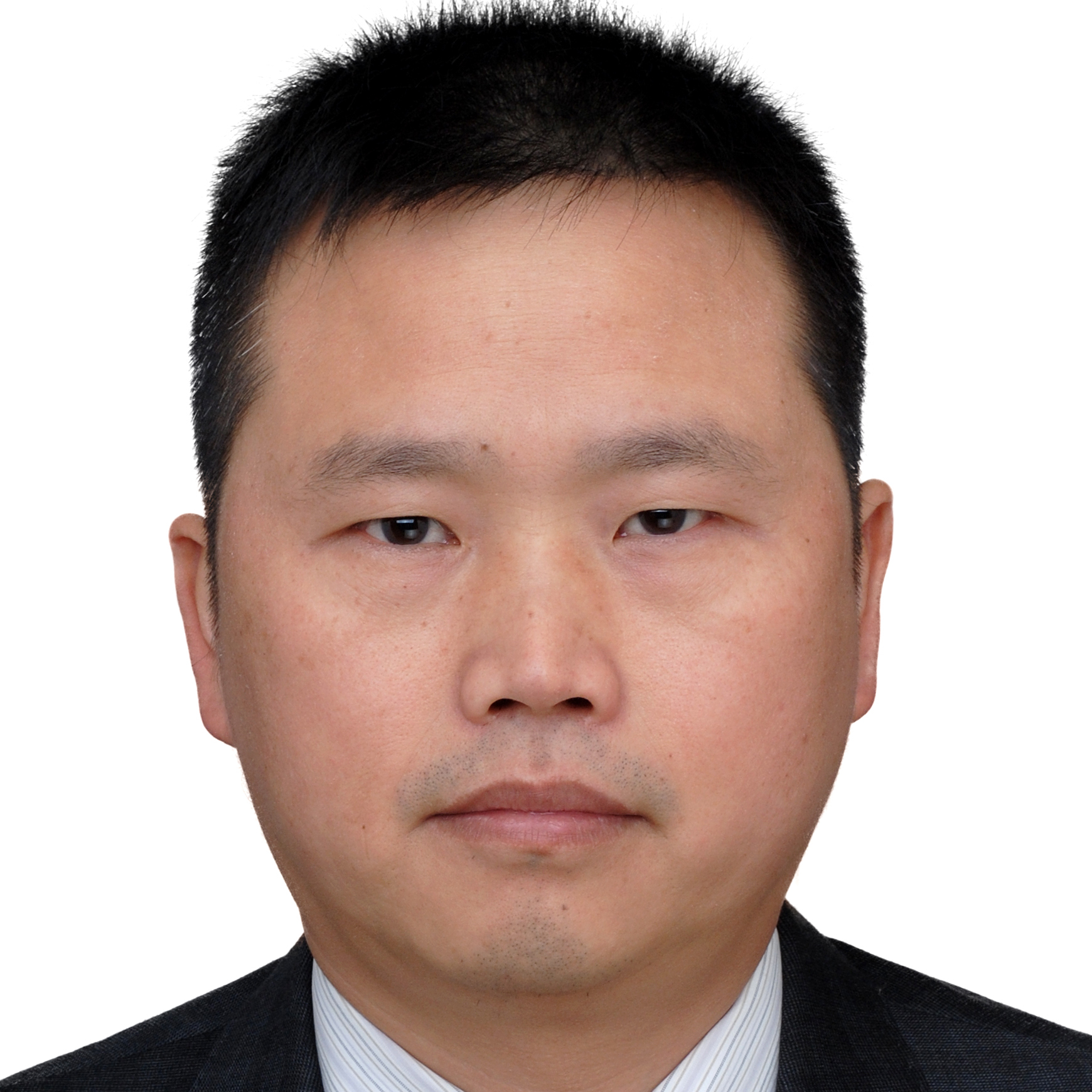
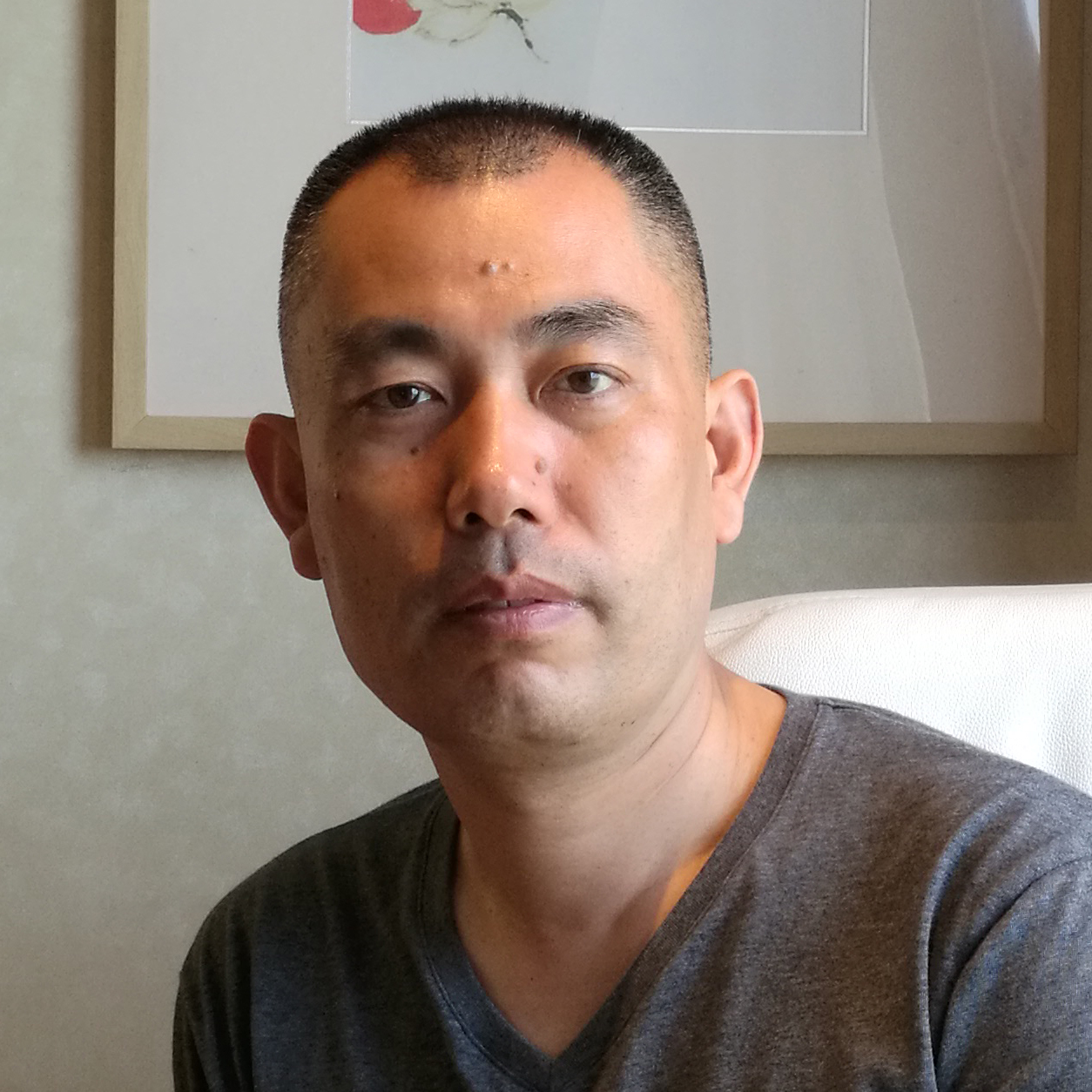
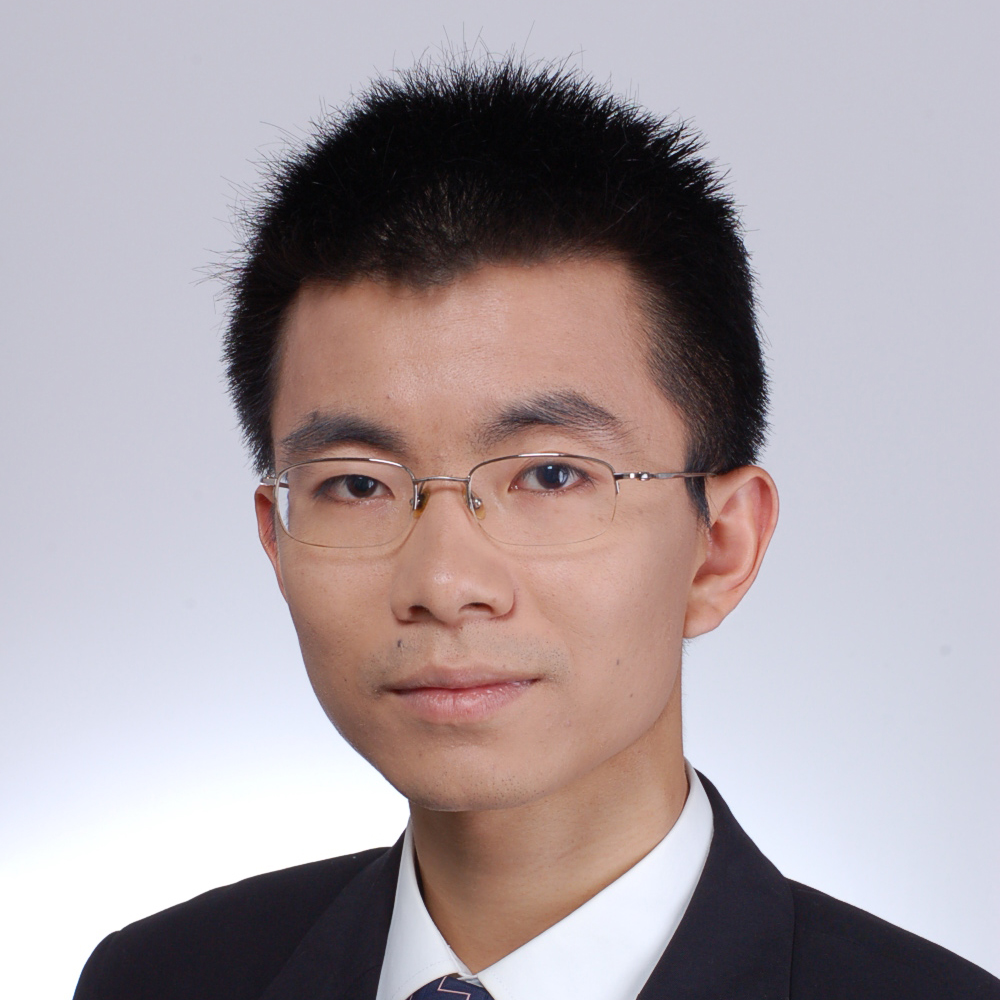
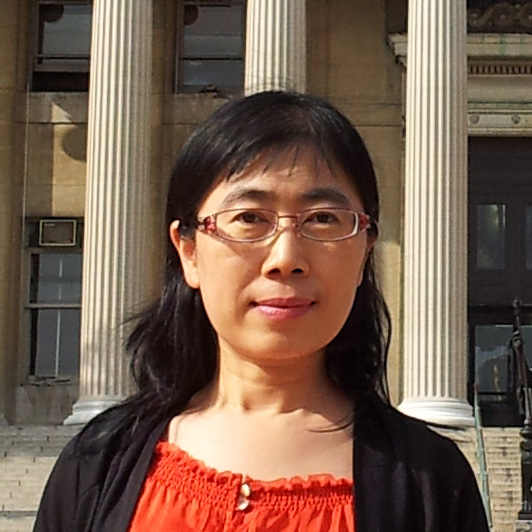



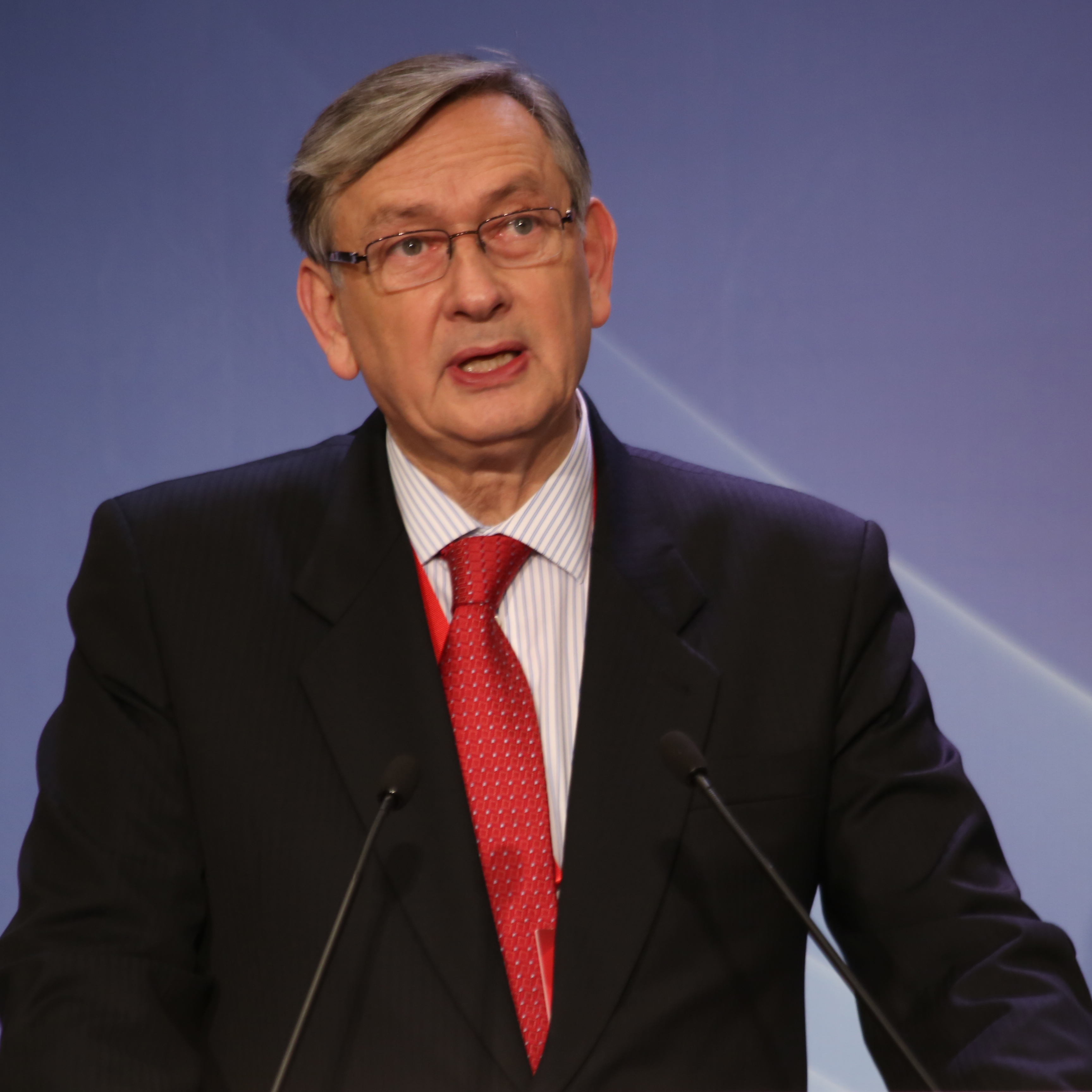

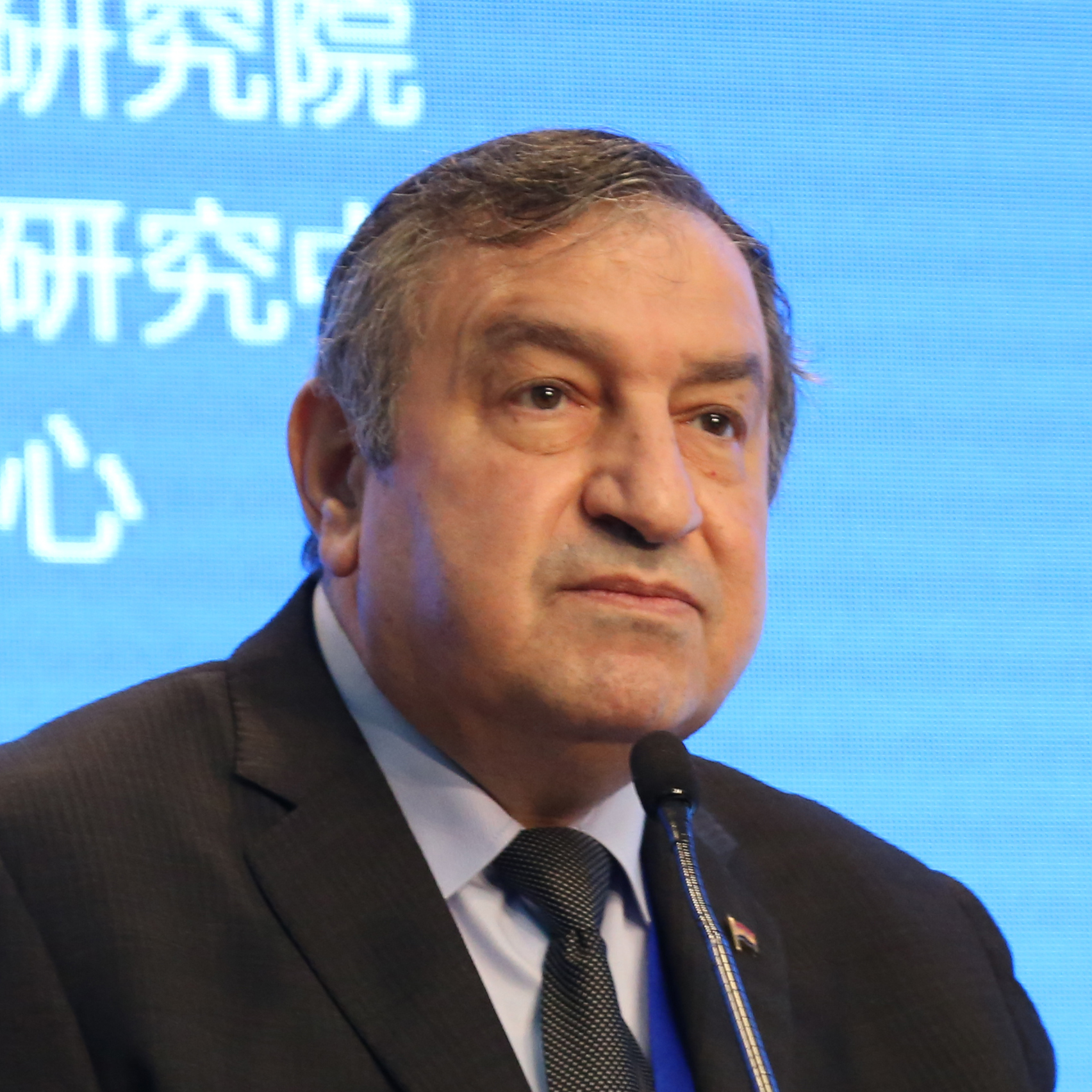

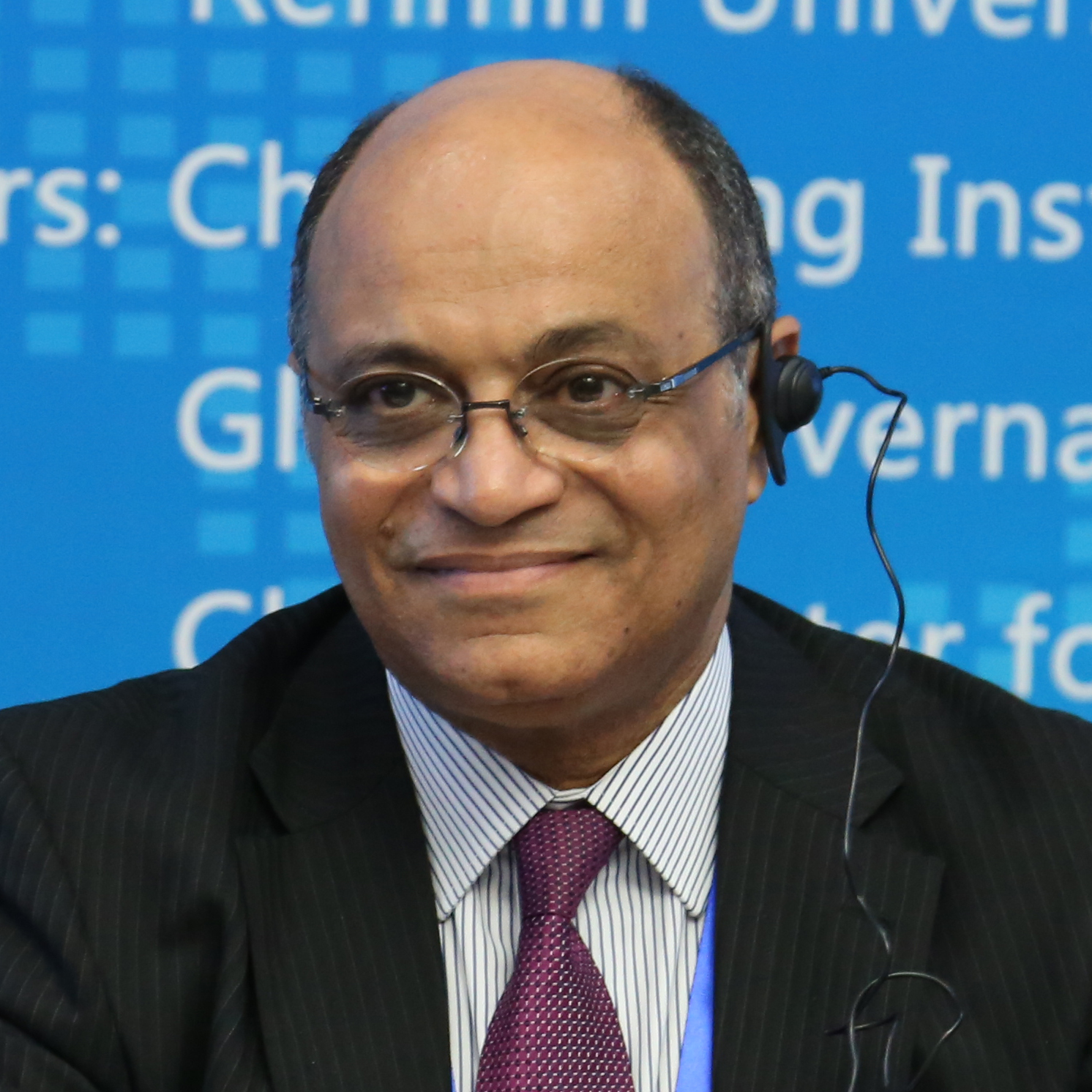







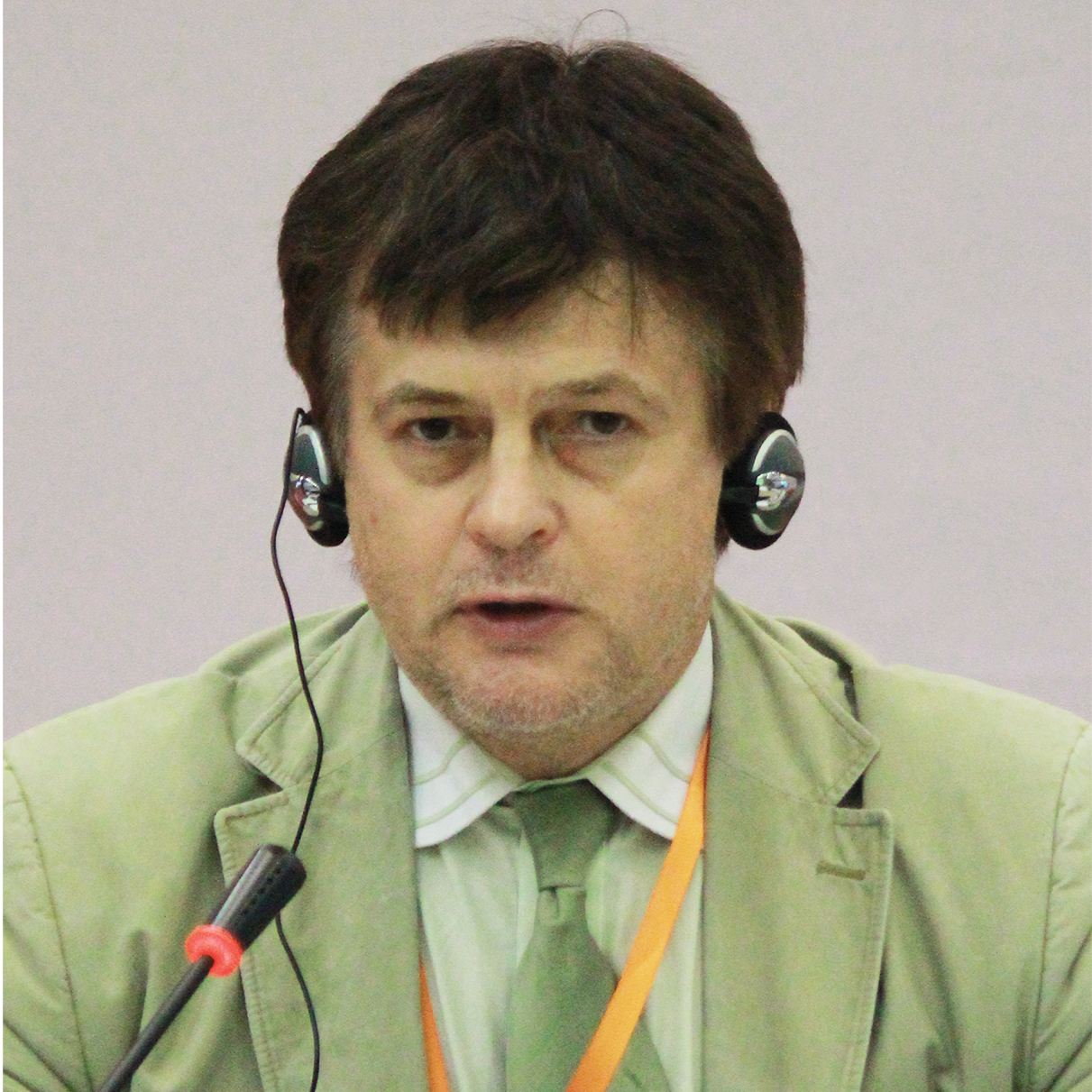



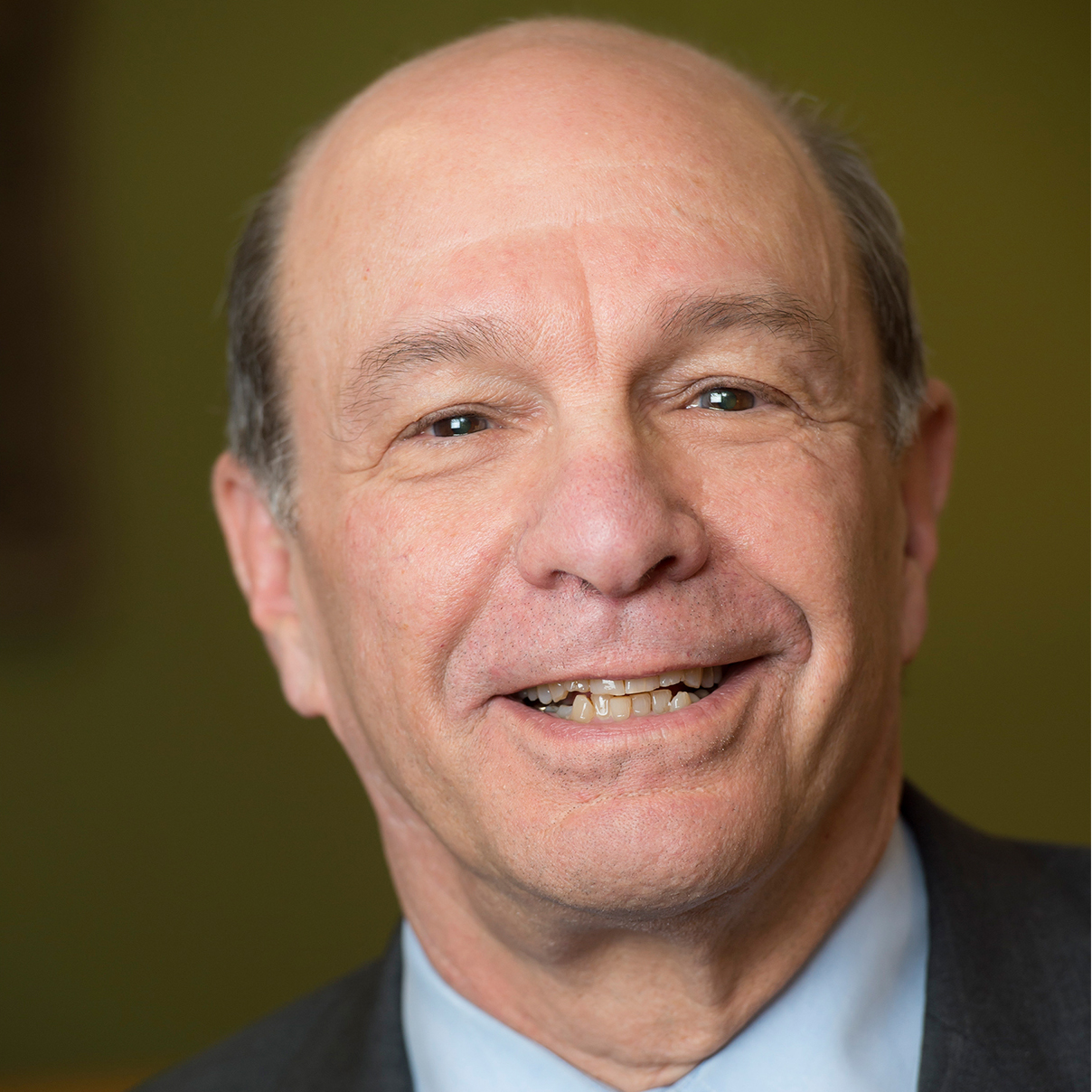

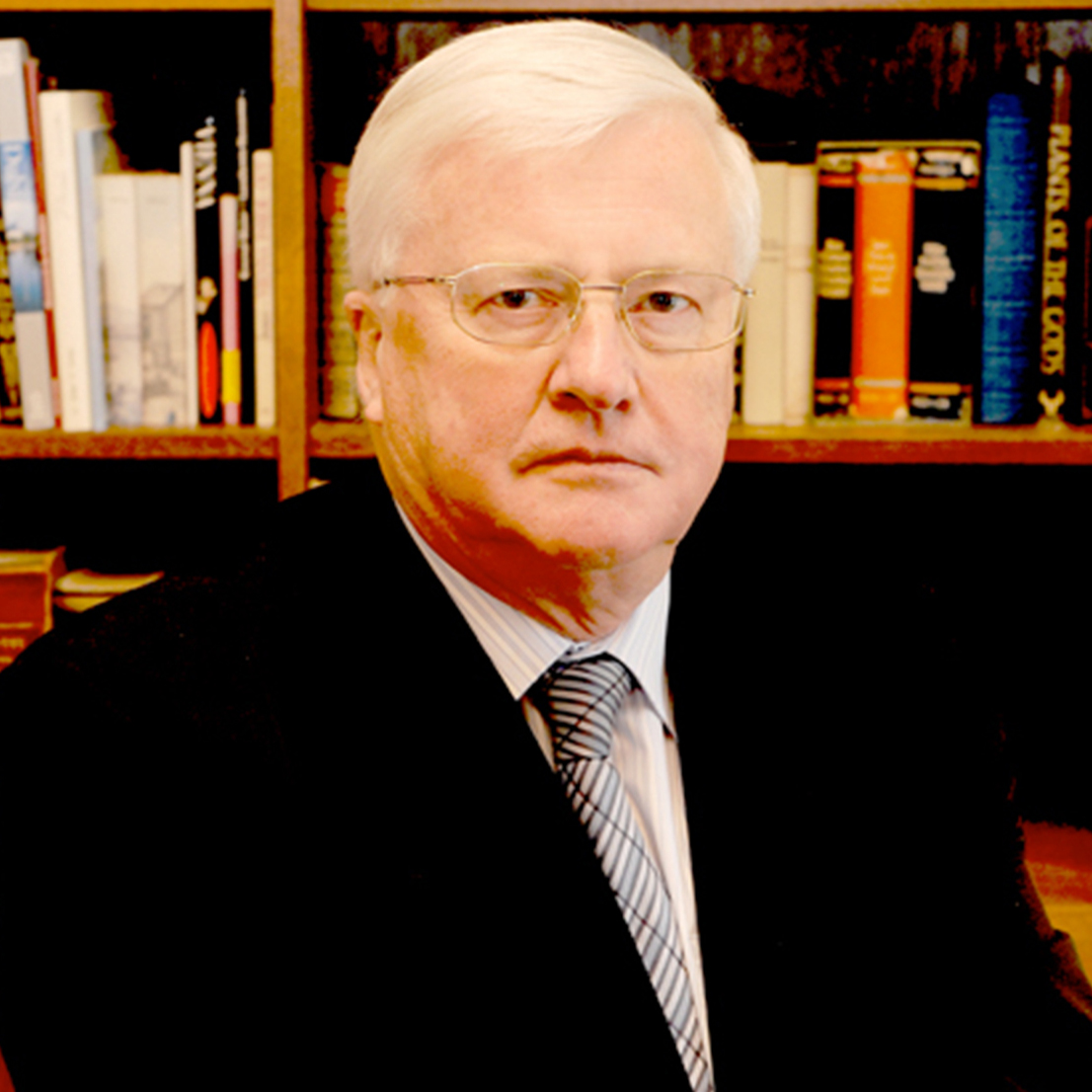
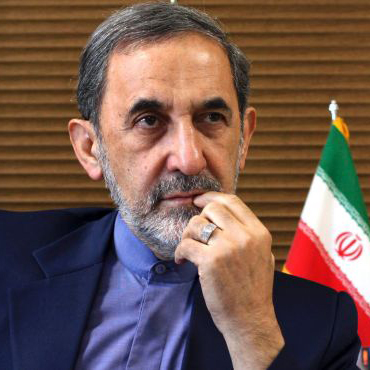




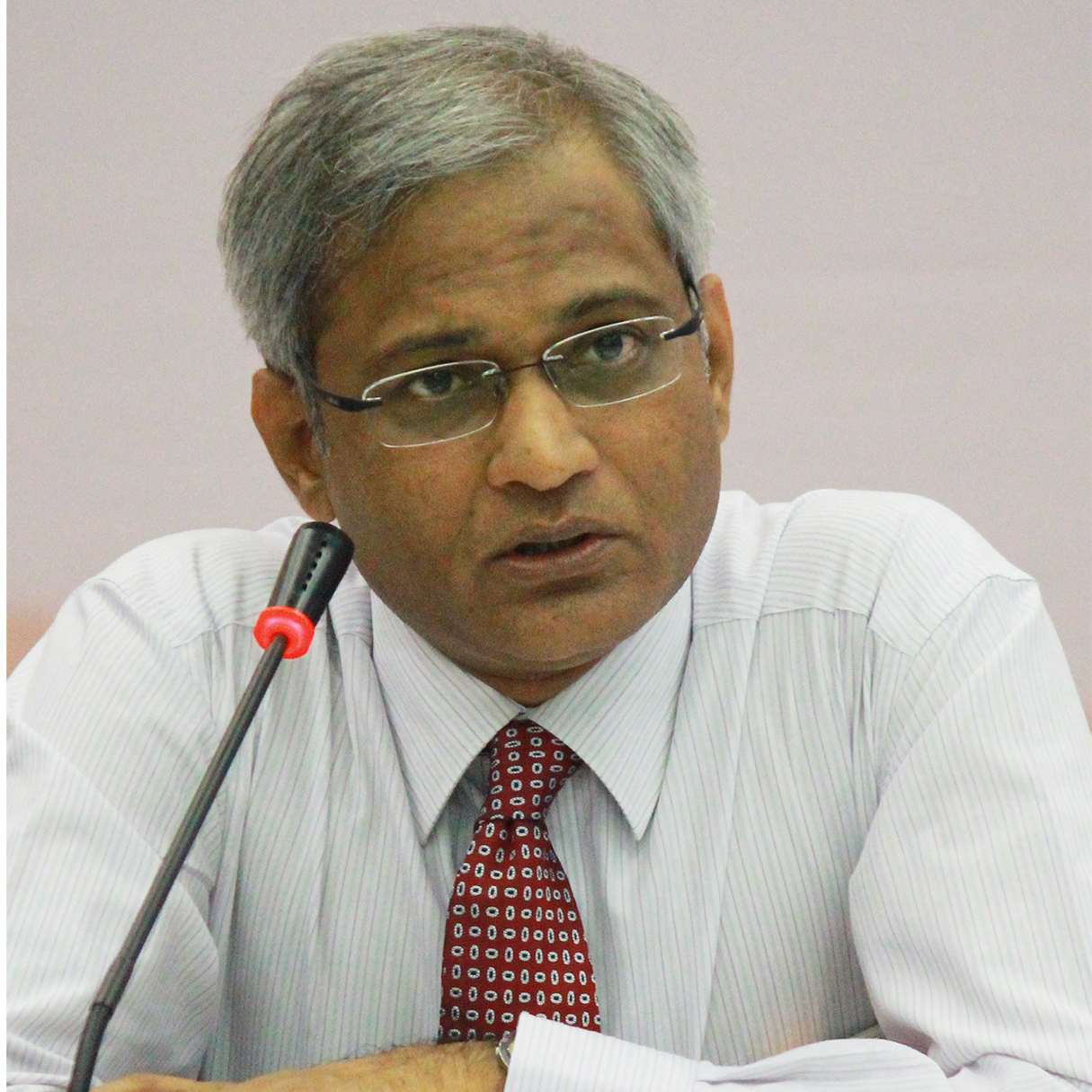
















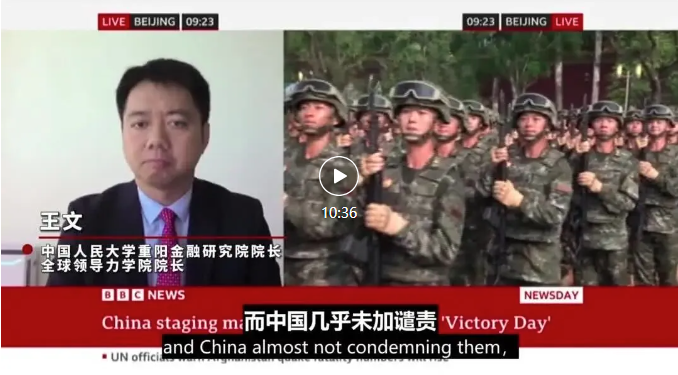
 京公网安备 11010802037854号
京公网安备 11010802037854号





